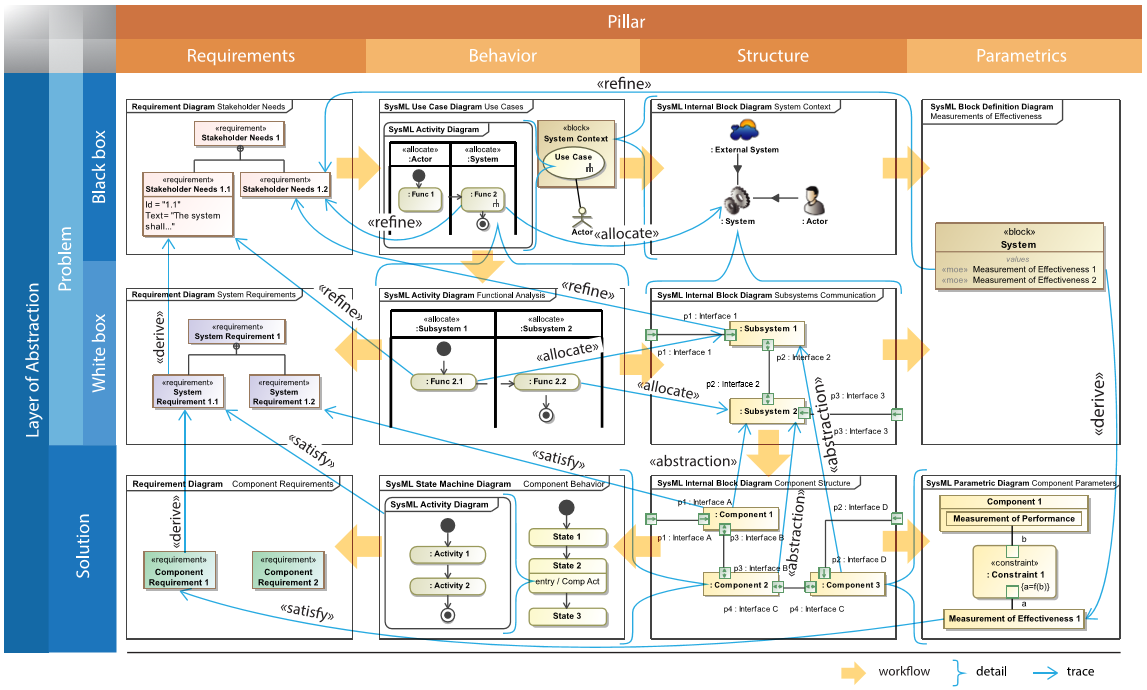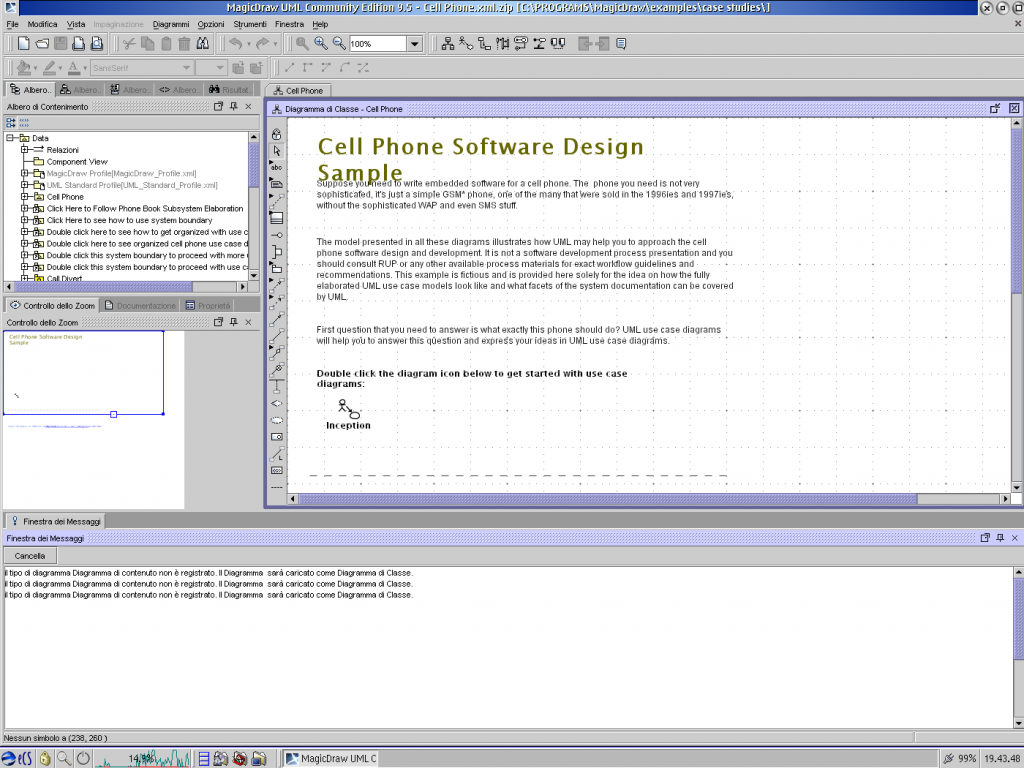

You can do this manually or automatically after committing the changes of the main project to the server. Every change affecting the visible (or stripped) project part is synced with a project stored in the dedicated branch. Also, there is no need to worry about making changes to the main project. Whenever you need to use a stripped model in other projects, the dedicated branch is suggested by default so that you can select your project to reuse. You can reuse projects with only visible elements according to your needs. As a result, the stripped model with only visible model elements is stored in a dedicated branch, which is coupled with the main project branch. Once specified, the non-hidden/public version of the model will be created by cutting/deleting the hidden parts.

This utility lets you specify which model Packages (and elements within them) should be hidden. Starting with version 19.0, the Hidden Packages model cutting utility is presented. This allows you to maintain model consistency. Once these parameters change their names, Guards are updated automatically. For example, in State Machines or Activities, parameters are usually referenced. Live hyperlinks are very important for simulation. It is updated after renaming the currentSpeed Property to speed in the Model Browser. The hyperlink to currentSpeed Property is added on the guard expression. Wherever you see this button, you can insert a hyperlink to element in the text. Additionally, it is now possible to embed hyperlinks to model elements in plain text fields, including constraint text, value expressions, etc. Hyperlinks are updated automatically or with your control after changing the referenced element name. The renewed mechanism of hyperlinks to model elements brings the ability to embed live model hyperlinks in documentation or other texts, numeric values into requirements, and keep various expression and constraint texts up to date. Please note, the SysML plugin is required in MagicDraw to use MagicGrid templates. The MagicGrid Blank template will give you the predefined structure of packages for modeling with MagicGrid to use your time more efficiently.

The MagicGrid QuickStart template will guide you through the entire modeling process, starting with the problem domain definition and finishing with one or more solutions of the logical system design. The approach is thoroughly described in the MagicGrid Book of Knowledge, which will be available with the final version of 19.0. MagicGrid supports performing problem domain analysis as well as building the solution for the logical system design, from stakeholder needs elicitation and capturing to the logical system design verification and technical requirements specification for manufacturing. They both accompany MagicGrid, a new approach for MBSE developed here at No Magic, Inc. Two new project templates are available in this version.


 0 kommentar(er)
0 kommentar(er)
